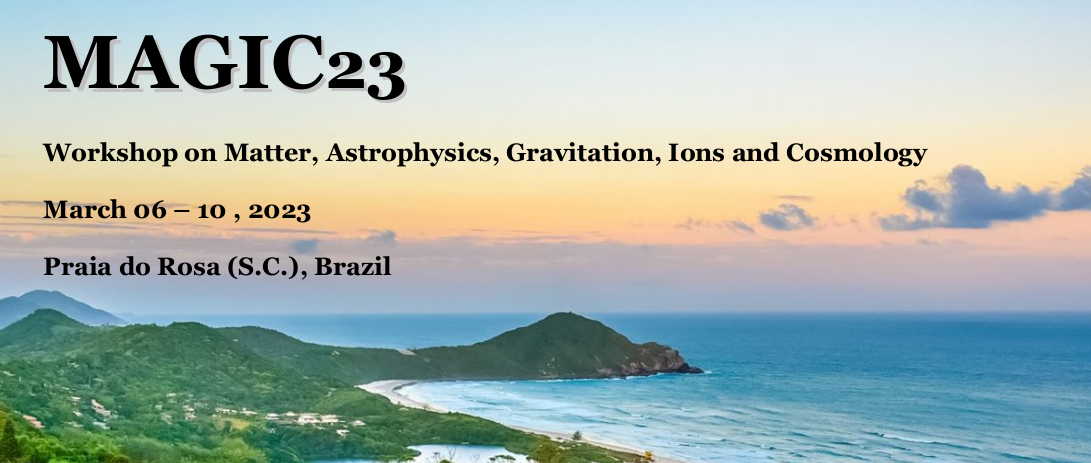Speaker
Description
Cosmic rays have become a very valuable tool in astronomy, as they provide a very different picture of the sky. During the past decades a large number of active astrophysical objects in our Galaxy and beyond have discovered with gamma-ray telescopes. Ground based telescopes are designed to detect the Cherenkov light of the air shower produced when a 0.1–100 TeV photon enters the atmosphere. Cosmic rays may also offer an opportunity to study the properties of elementary particles. The main objective in experiments like IceCube or Auger is to determine a flux of neutrinos or protons as they interact with terrestrial matter. These interactions involve energies not explored so far at particle colliders, so their study should lead us to a better understanding of that physics. In addition, the size of the detector and its distance to the nteraction
point is much larger there than in colliders, which may leave some room for unexpected effects caused by long-lived particles. Investigations with SHALON Cherenkov telescope has included observations of extensive air showers from the sub-horizontal direction Θ =$ 97^o$. This inclination defines an Earth skimming trajectory with 7 km of air and around 1000 km of rock in front of the telescope. After a cut of shower-like events that may be caused by chaotic sky flashes or reflections on the snow of vertical showers, we have detected 5 air showers of TeV energies. These events may be caused by the decay of a long-lived penetrating particle entering the atmosphere from the ground and decaying in front of the telescope. As a possible explanation, two scenarios with an unstable neutrino of mass m ≈ 0.5 GeV and cτ ≈ 30 m is discussed. Remarkably, one of these models has been proposed to explain an excess of electron-like neutrino events at MiniBooNE.

